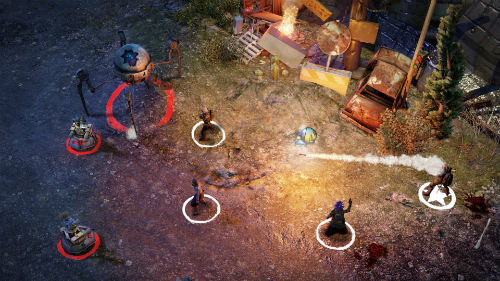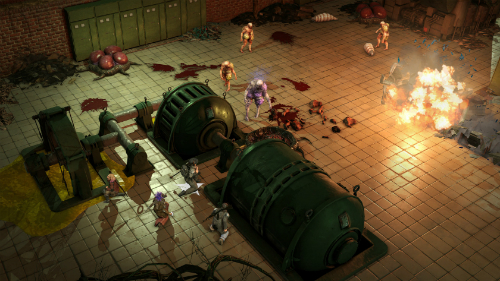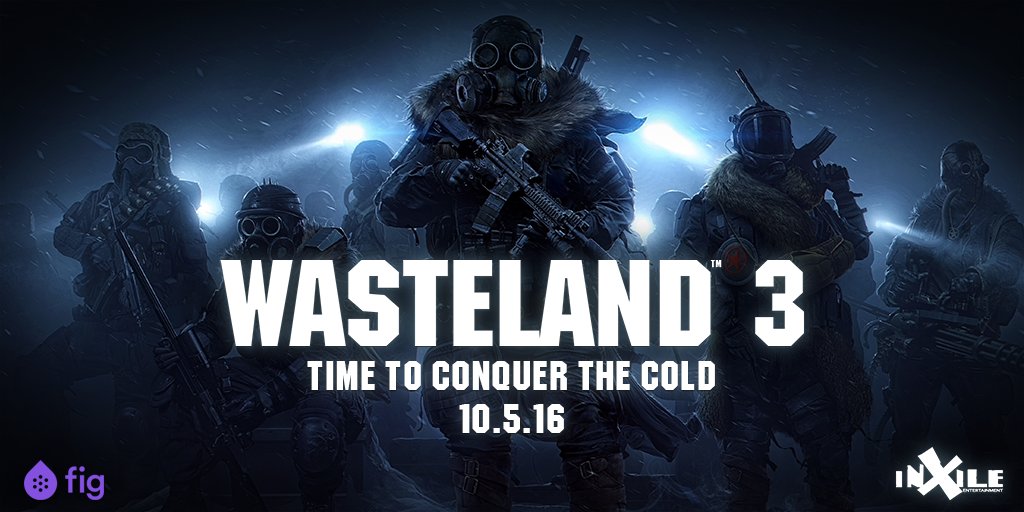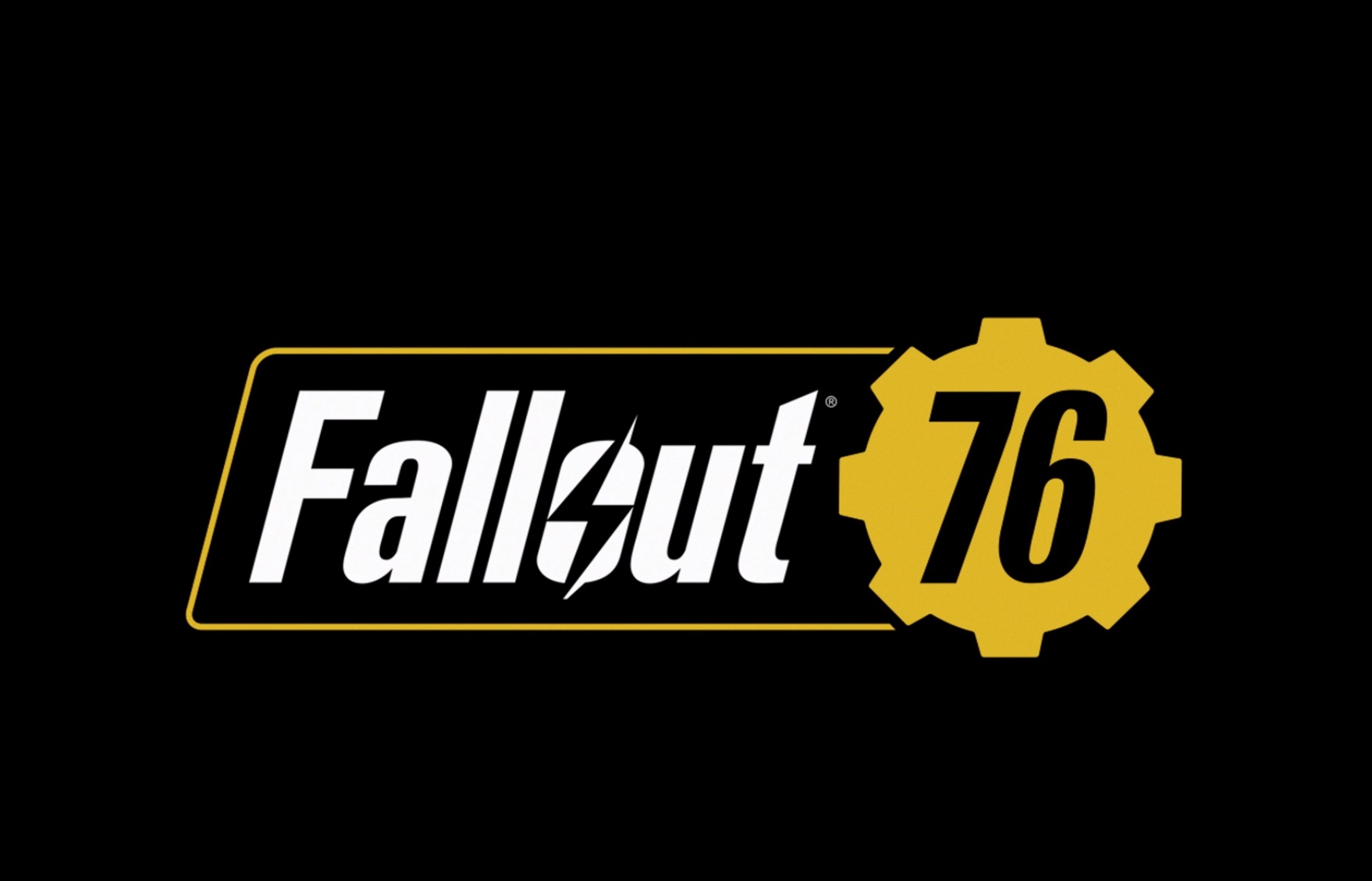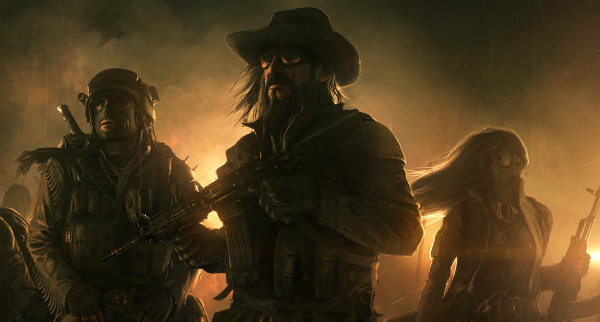
The original Wasteland was released in 1988 on the Apple II, then later ported to the Commodore 64 and MS-DOS. It is often cited as the inspiration for the original Fallout, and was intended to receive a sequel in the form of Fountain of Dreams (which was later deemed as its own original IP) in 1990. Fast forward to 2014, following a successful Kickstarter campaign Wasteland 2 finally saw the light of day. The Director’s Cut does feature some enhancements over the original including graphical updates and gameplay improvements, but it won’t wow those that played it last year.
Wasteland 2 is set in a post apocalyptic world where nuclear war has ravaged the land. Set 15 years after the original, the Rangers are now in control of the Citadel and monitor what’s left of the Arizona area. Following the mysterious death of Ranger Ace, players will take control of a group of rookies who are sent to discover who killed Ace and make an example of them. The story is well written and features in-depth character development as well as dozens of interesting side quests.
Missions objectives are given via spoken dialogue between characters and at some points plain text. Unfortunately, the developers haven’t taken into account that console gamers usually sit comfortably away from their TV sets – text is very small on-screen and is difficult to read. The Director’s Cut does feature an additional 8,000 lines of spoken dialogue which offsets this hinderance, but given how text-heavy the game is you will still constantly be poking your head forward to get a closer look. At some points you may even skip some of the longer story threads out of sheer annoyance.
Wasteland 2’s gameplay has an old-school feel. A majority of your time is spent viewing the action from a top-down perspective and opening the in-game menus will uncover a range of stats and abilities for each individual squad member. It can actually be quite daunting for newcomers as abilities range from lock-picking, to improved combat abilities, to taking on a medic role. Combined with the game’s slow leveling up system, it’s easy to see new players getting confused and focusing their attention on abilities they won’t use until much later in the campaign.
When traveling from one area to the next you will be presented with a general overview map and icons representing your squad and key areas of interest such as oases, merchant camps and towns. While moving from one locale to the next, random enemy encounters will appear and an in-game radio system will pick up additional missions if you’re near a particular area. There’s never a dull moment and there’s always something to keep you occupied.
Battles are fought in a grid and can be triggered by coming into contact with enemies. The battle system is turn-based, giving each squad member a set of Action Points at the start of their turn to move and attack enemies. Weaponry accuracy and the player’s path of sight and distance from an enemy will affect the likelihood of an attack successfully damaging enemies. It isn’t anything we haven’t seen before, but at the same time it is competent, fluid and above all else, fun. New to the Director’s Cut are Perks and Quirks, which add to your squad members’ abilities. These include amplifying damage abilities, reducing the effect of enemy fire, and increasing the chance of critical strikes. It adds to the already engaging gameplay and is a nice touch from the developer.
The transition from PC to console does have a slight drawback. In terms of button mapping the Xbox One controller does at times feel cluttered. There are simply a lot of different menus mapped to the face buttons – there are two separate skill and combat dials, a map screen and a squad abilities menu. This complexity is combined with action buttons such as changing squad stances, character selection, and opening your log book. It is by no means game breaking, but you will still often find yourself switching between menus by accident.
The Director’s Cut also features improved visuals thanks to the power of the Unity 5.0 engine (the original game ran on Unity 4.5). Unfortunately Wasteland 2 still looks dated and simply does not compete with other games on the market. In truth this does partially stay true to the game’s old-school nature, but at the same time it feels like a missed opportunity.
Wasteland 2: Director’s Cut is the definitive version of Wasteland 2. The additional spoken dialogue, Perks and Quirks add to the experience and improve on the original release. However, the enhanced graphics still look dated, and for console gamers there are issues with text size and a cluttered button layout. If you have played the original on PC, the enhancements aren’t groundbreaking enough to warrant a second purchase. If you haven’t checked it out before, then the Director’s Cut is definitely the way to go.
Definitive version of Wasteland 2 | New Perks and Quirks enhance gameplay | New dialogue adds to the experience
Graphics still look dated | Text is too small to read on a TV | Cluttered button mapping

